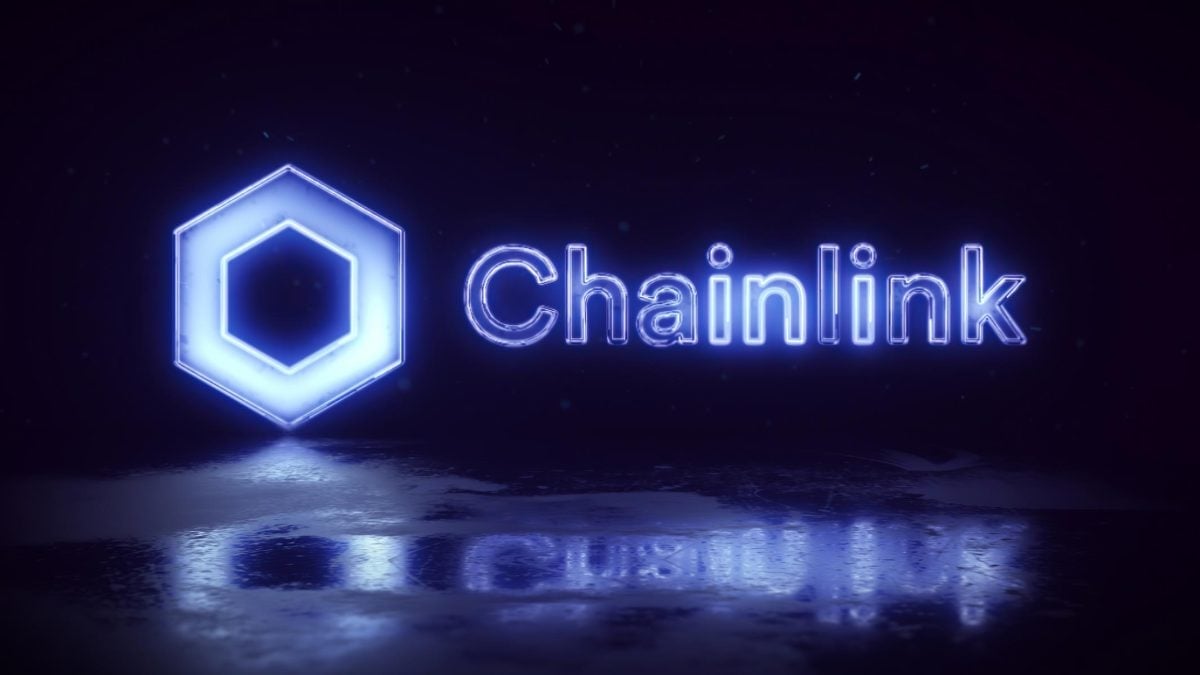ARTICLE AD BOX

- OlympusDAO adopts Chainlink CCIP as its canonical cross-chain bridge, starting with Solana and eyeing expansion to multiple major networks.
- Chainlink CCIP offers OlympusDAO full control over cross-chain tokens, reducing risk and avoiding vendor lock-in for future development.
Chainlink has officially announced that OlympusDAO is adopting Chainlink CCIP as its primary cross-chain infrastructure. This step has made many people curious, especially considering how serious OlympusDAO is about establishing itself as an on-chain backup that can be accessed from various networks.
Following a successful community vote, @OlympusDAO has upgraded to Chainlink CCIP as its canonical cross-chain infrastructure to enable OHM transfers across @ethereum and @solana.https://t.co/VcKOYKXlBM
Through this integration, OHM adopts the Cross-Chain Token (CCT) standard… pic.twitter.com/TE4yfVNUQV
— Chainlink (@chainlink) June 16, 2025
Why OlympusDAO Chose Chainlink and What Comes Next
This decision was gone through a community voting process. The result? Unanimous approval. Yes, it really is unanimous. Apparently, the Olympus community has long been waiting for an infrastructure upgrade that is not only safe, but also flexible and does not bother developers.
Initially, they will build a bridge to the Solana network. But wait, this is just the beginning. They have opened up opportunities for expansion to other networks such as Ethereum, Arbitrum, Optimism, Base, and Berachain. But of course, all will still go through the governance mechanism that they implement.
Flexibility and Real-World Use Make CCIP Stand Out
When it comes to Chainlink CCIP, what makes it interesting is not only its functionality. On the other hand, this protocol has been tested in various real-world scenarios. CNF previously reported that Chainlink, JPMorgan’s Kinexys, and Ondo Finance successfully conducted the first cross-chain settlement for tokenized treasuries.
The process used real-time DvP that connects public and closed blockchains—the goal is clear, reducing settlement risks that are often the culprit in the digital financial world.
OlympusDAO seems to have read the situation quite carefully. They don’t want to get caught in an ecosystem that is too locked by vendors or third parties. CCIP provides high flexibility: they can still manage the token contract themselves, the admin can be set according to internal policies, and their cross-chain tokens can be monitored without worrying about slippage.
Furthermore, Chainlink’s Cross-Chain Token (CCT) system allows transactions to take place quickly and efficiently without sacrificing security. For users, that means a more relaxed transaction experience. For developers, this clearly makes coding less complicated.
Interestingly, Olympus is not the only one to take this path recently. On June 4, BOB (Build on Bitcoin) also officially adopted CCIP for their USDC cross-chain bridge. With that, stablecoin transfers on the BOB network are much faster and safer, especially in terms of liquidity. This is certainly not small news, especially for projects that rely on the Bitcoin ecosystem.
Moving on to June 9, it was the e-HKD+ project’s turn to touch on this realm. In the trial program, Chainlink CCIP supports a simulation of the exchange between e-HKD (Hong Kong’s digital currency) and A$DC (ANZ’s Australian dollar stablecoin), via the Visa Tokenized Asset Platform. Imagine, CBDCs and stablecoins from two countries are being tested for cross-border exchange using on-chain settlement.
If this can enter the production system, we might be able to make cross-border transfers like sending a chat—fast, cheap, and without banking hassle.
Besides that, as of the writing time, LINK is trading at about $13.54, slightly down 0.93% over the last 24 hours and corrected 6.25% over the last 7 days.
.png)
 4 months ago
6
4 months ago
6








 English (US)
English (US)